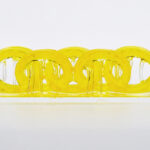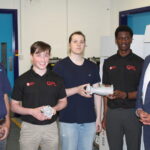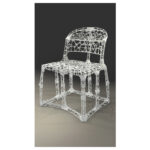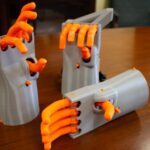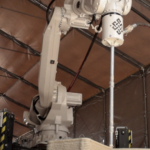From the makers of the Felfil Evo DIY Filament extruder comes a new set of exciting resources for customers. They’ve opened up the ability to download free open source content from their website, enabling users to make their own upgrades to the Evo basic kit. The new content also teaches users how to best make use of recycled materials and plastic waste.
We’ve previously covered the Felfil Evo DIY filament extruder. The machine reduces a range of different plastics into home-made filaments out of regular pellets or plastic waste. Having revamped their website, Felfil are giving out new tips, tricks and designs free of charge. The new content Felfil are pushing teaches users how to go beyond just that by adding personal components or by making filament out of some truly novel materials, like for example coffee.
Extruder Upgrades
The basic kit is the most economical option that Felfil offers. Unlike the assembled kits it has a lot of room for personalisation, so Felfil are taking advantage of this. The open source plans for creating this frame and body for the basic kit are now available on their website. All the parts are pretty easy to procure or make in one’s own workshop. While the original basic kit was quite simple, the new 3D printed case makes it look like a sleek workshop machine.
Similarly, they’ve introduced the fablab and makers exterior upgrade. As before, it uses an Arduino as it’s core open-source component. The creator package contains instructions on how to complete the Basic kit using Arduino and some components along with 3D models of the solution and relevant .stl files.
Both versions start off with the basic components and add frames and parts with 3D printed extras. The company intended them to be self-produceable, as they do with most of their parts. Click here to download the project to complete the basic kit, and click here to download the Felfil Evo firmware from GitHub.
Custom Filaments
The new content also contains some great tips and tricks for what kinds of 3D printer filaments one can expect from the Evo. The masterbatch pellets, for example, allow for coloring when the user mixes them into the batch. To color a filament, users need only apply 2% of them to a mix of other pellets to colour the whole mixture. Felfil outline the process in the video above.
Similarly, they also outline a means of creating filament out of coffee on their YouTube channel. It involves mixing PLA and coffee bean powder together and stirring it in a single container. Once this is done, It’s ready for addition into the Evo. This allows it to extrude it in a single strand mixed together. As they suggest in the video, this is possible with a number of different powders. While they used espresso, a number of solutions are available to users with sufficient imagination.
A special thanks to Felfil for providing the information.





